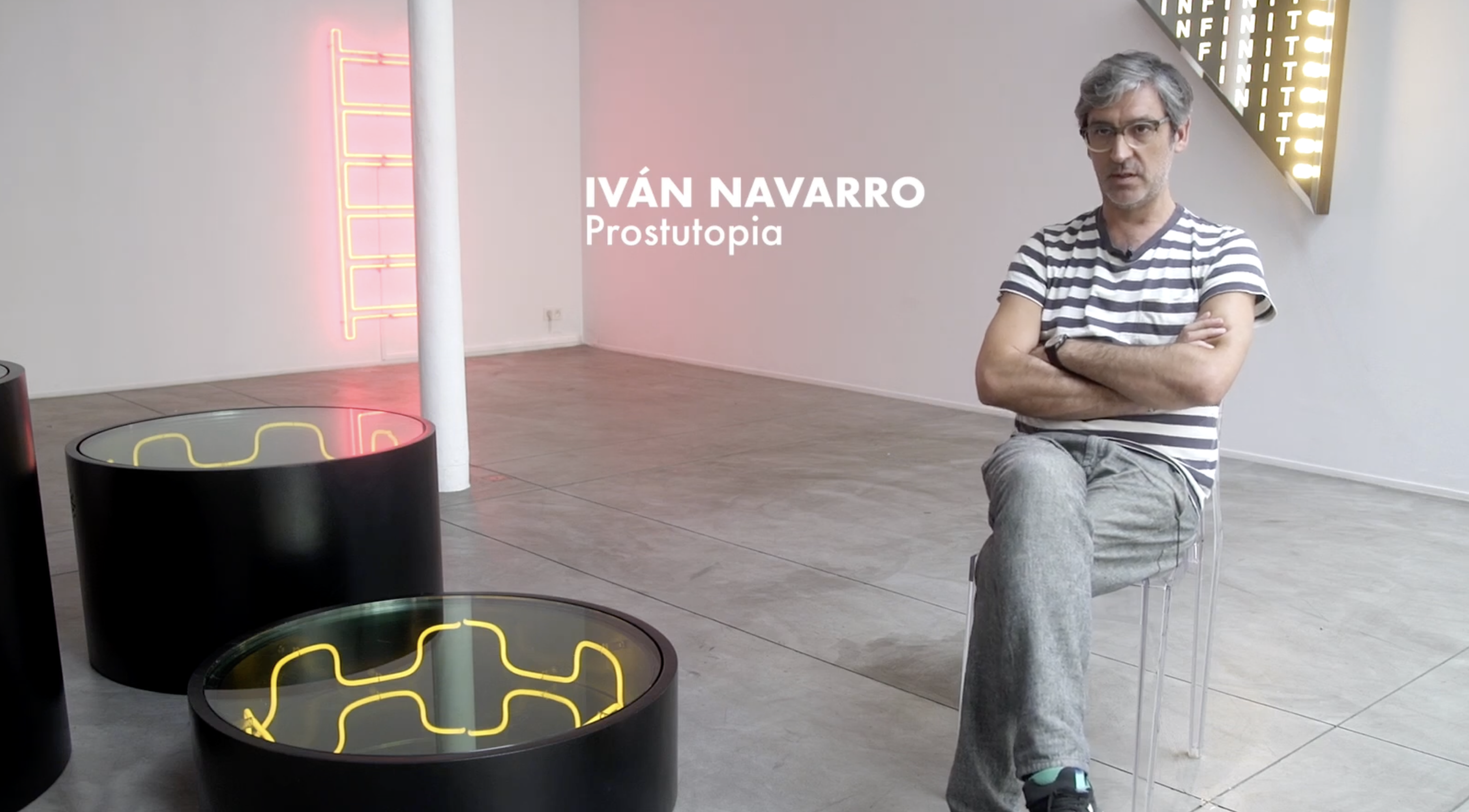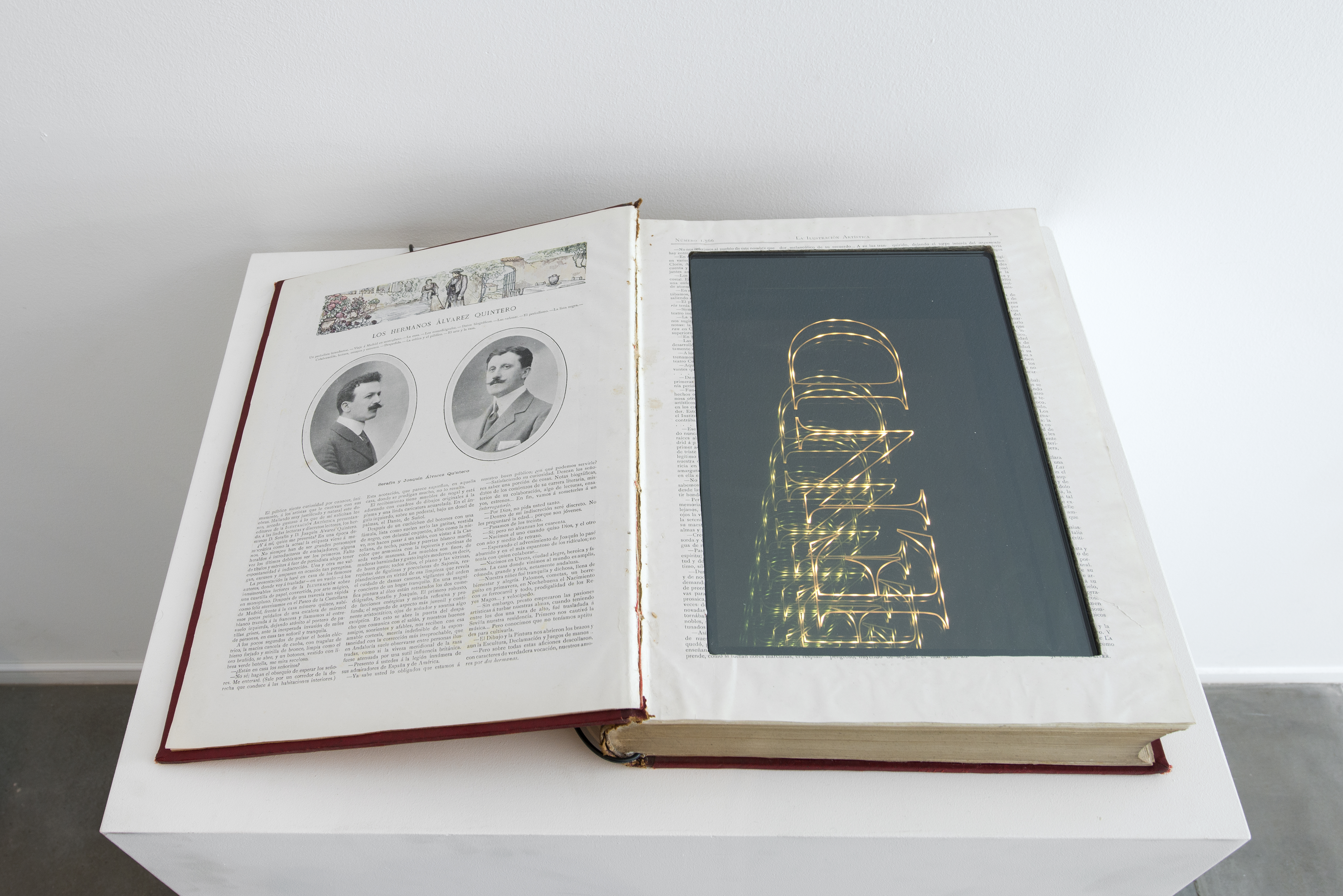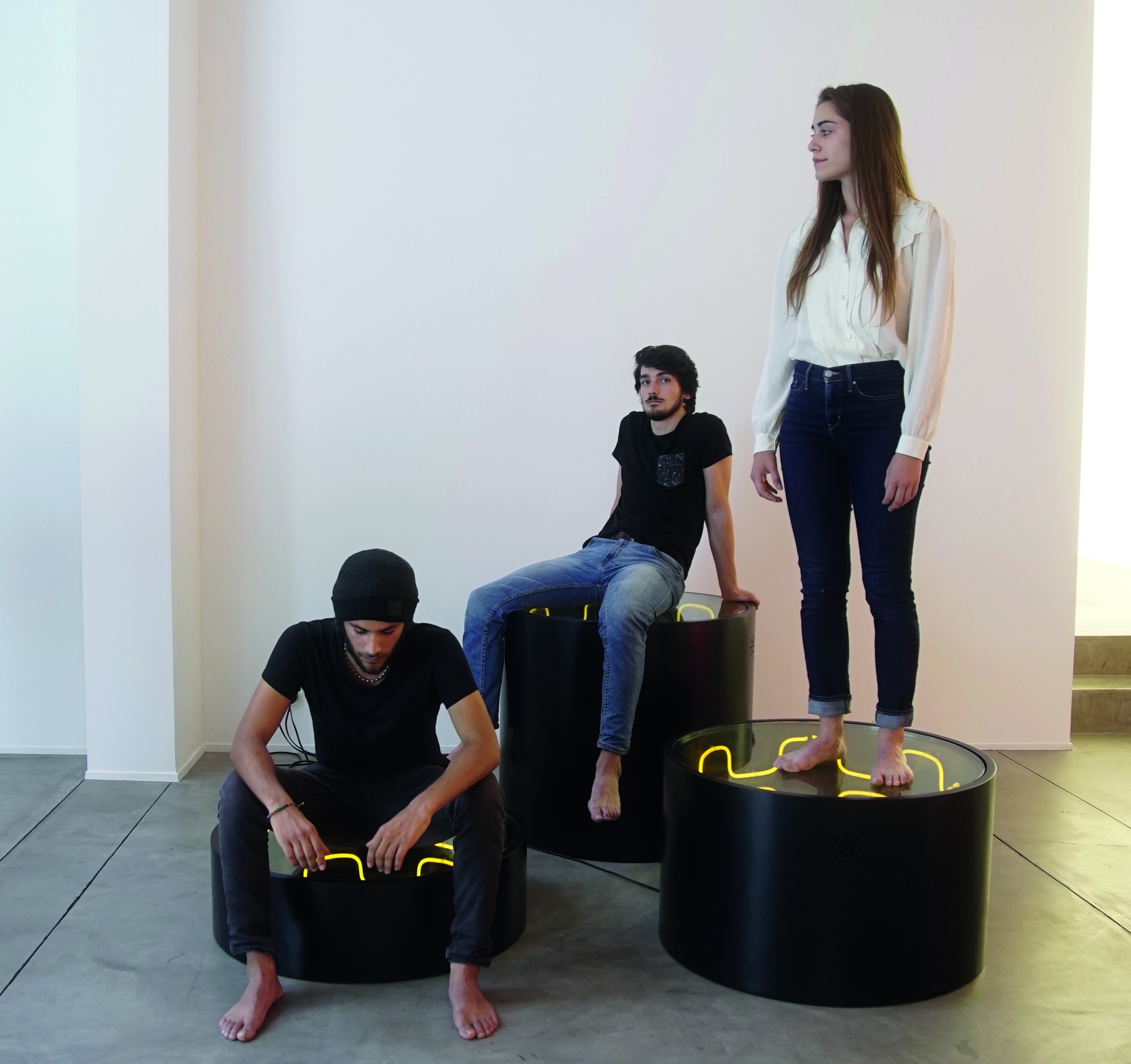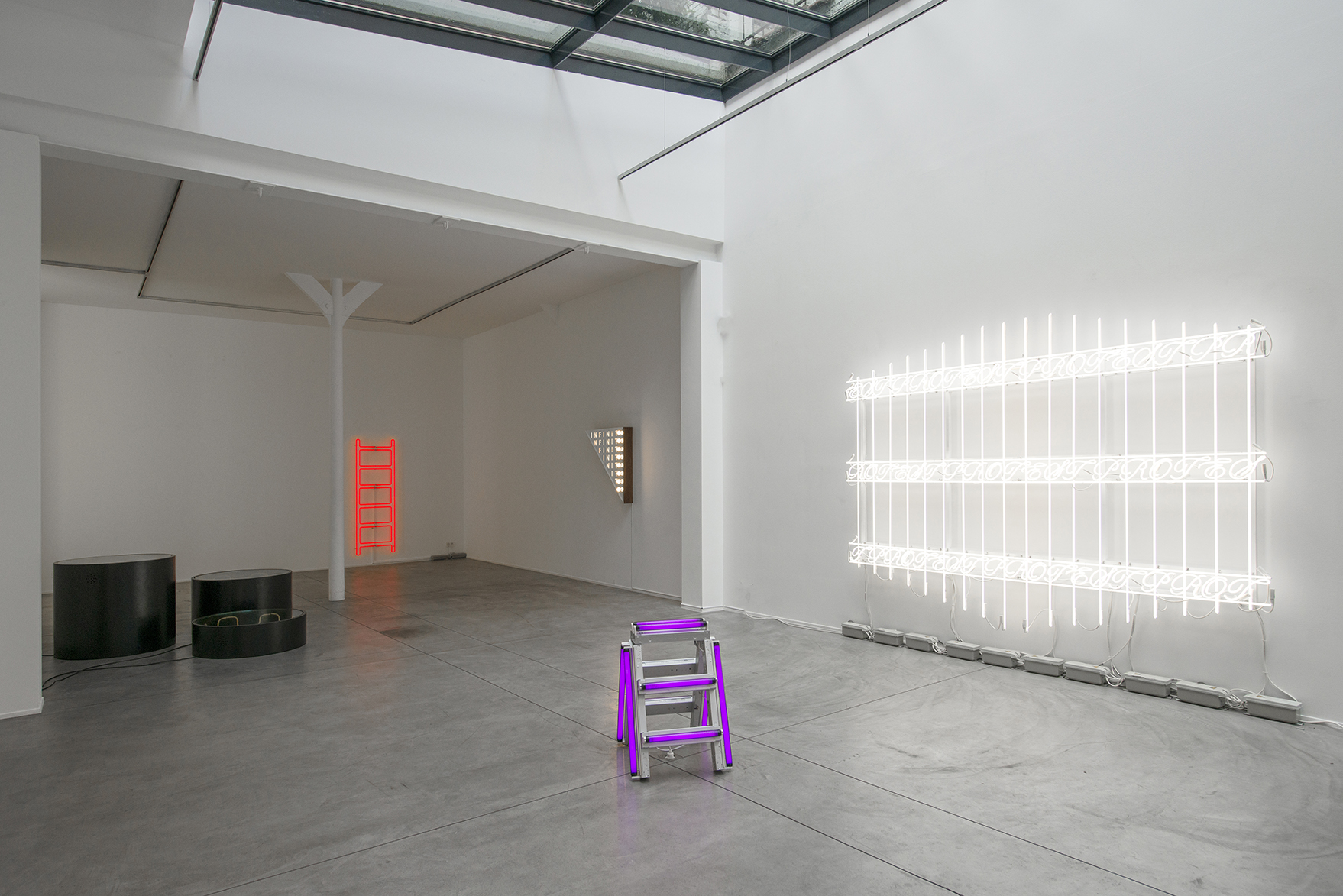
Iván Navarro
Prostutopia
For his new exhibition Prostutopia at Galerie Templon in Brussels, Chilean artist Iván Navarro has deconstructed the notion of utopia. Extending his exploration of the energetic forces that incite revolutionary action, and following up on his recent exhibition Fanfare, at Templon Paris in 2017, which invoked the power of sound and music as a revolutionary tool, he now turns his attention to the utopian vision and its exploitation.
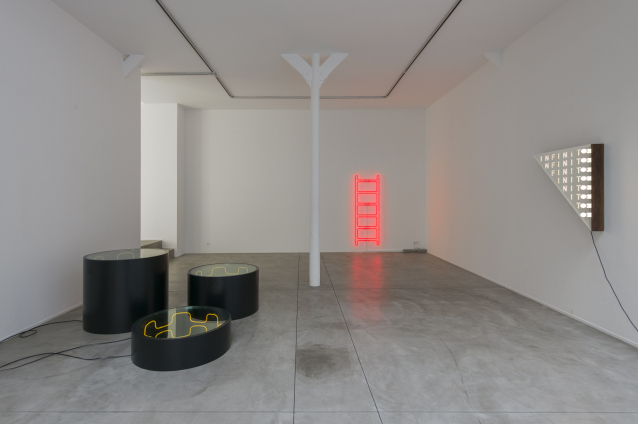
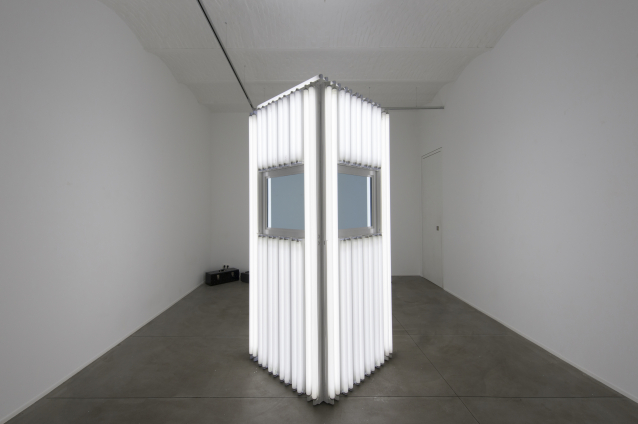
A resident of New York for over 20 years, Iván Navarro’s works are political, informed by art history, design and architecture as well as his personal experience of American society and the Pinochet dictatorship in Chile. His new work takes the notion of utopia and its subsequent commodification as its starting point. Prostutopia questions the distorting spectacle of utopia dressed up, marketed and denatured.
In the half-light, electric sculptures create an interplay of light and optical illusions that transform the space. These subverted everyday objects – a fence, two vanity mirrors, a ladder, a book, a three-tiered podium, a booth – while immediately playful and appealing, take us on a journey haunted by the issue of control and freedom. Each object becomes an instrument of control and surveillance. In a world where everyone is constantly watcher and watched, the artist’s luminous Totem with its minimalist aesthetic becomes a watchtower. Iván Navarro questions the illusion of protection and connection which nourishes the ambivalent power of the political, economic and social bodies doing the watching – government, businesses and social media.
On the opening evening, the exhibition will include a performance piece entitled Sirens, conceived in collaboration with artist Courtney Smith, where three volunteer participants each occupy one of the three podiums. Periodically prompted to shift postures and explore the possible uses of the object to the body, they are free to move and speak and interact; yet strictly confined to their individual stations.
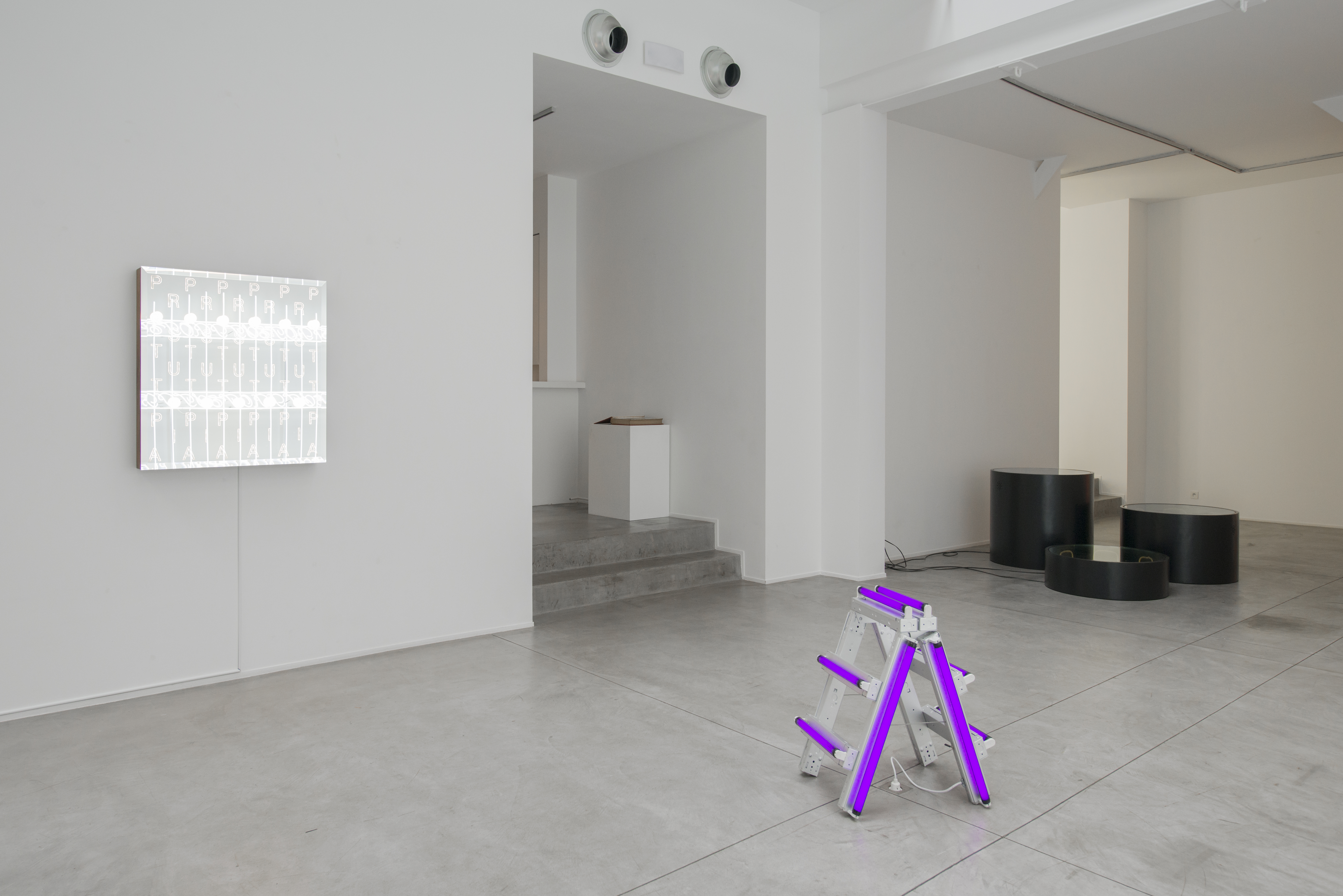
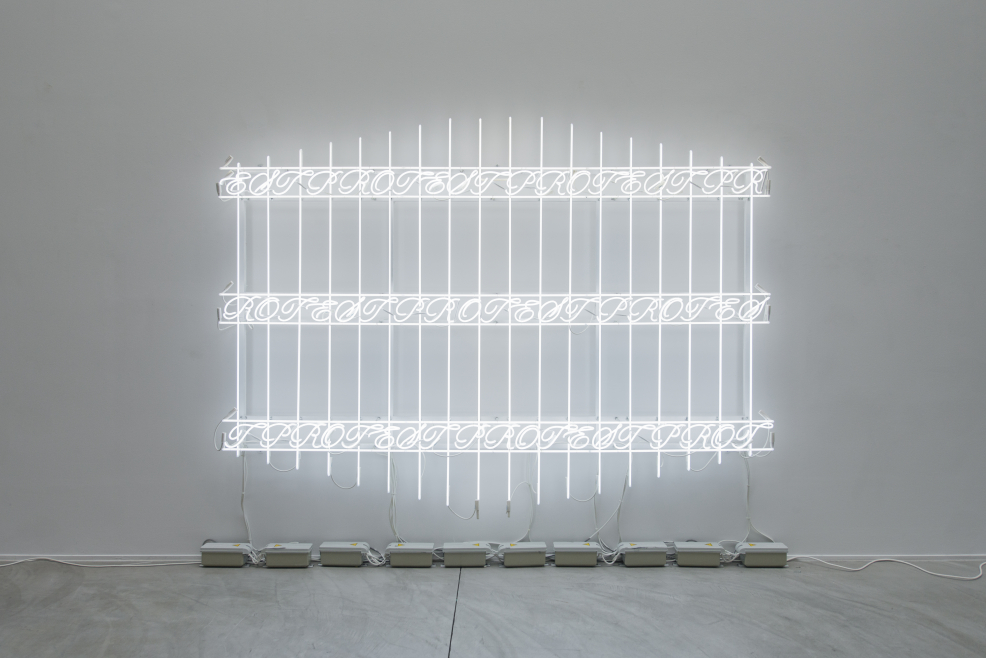
The Protest Fence
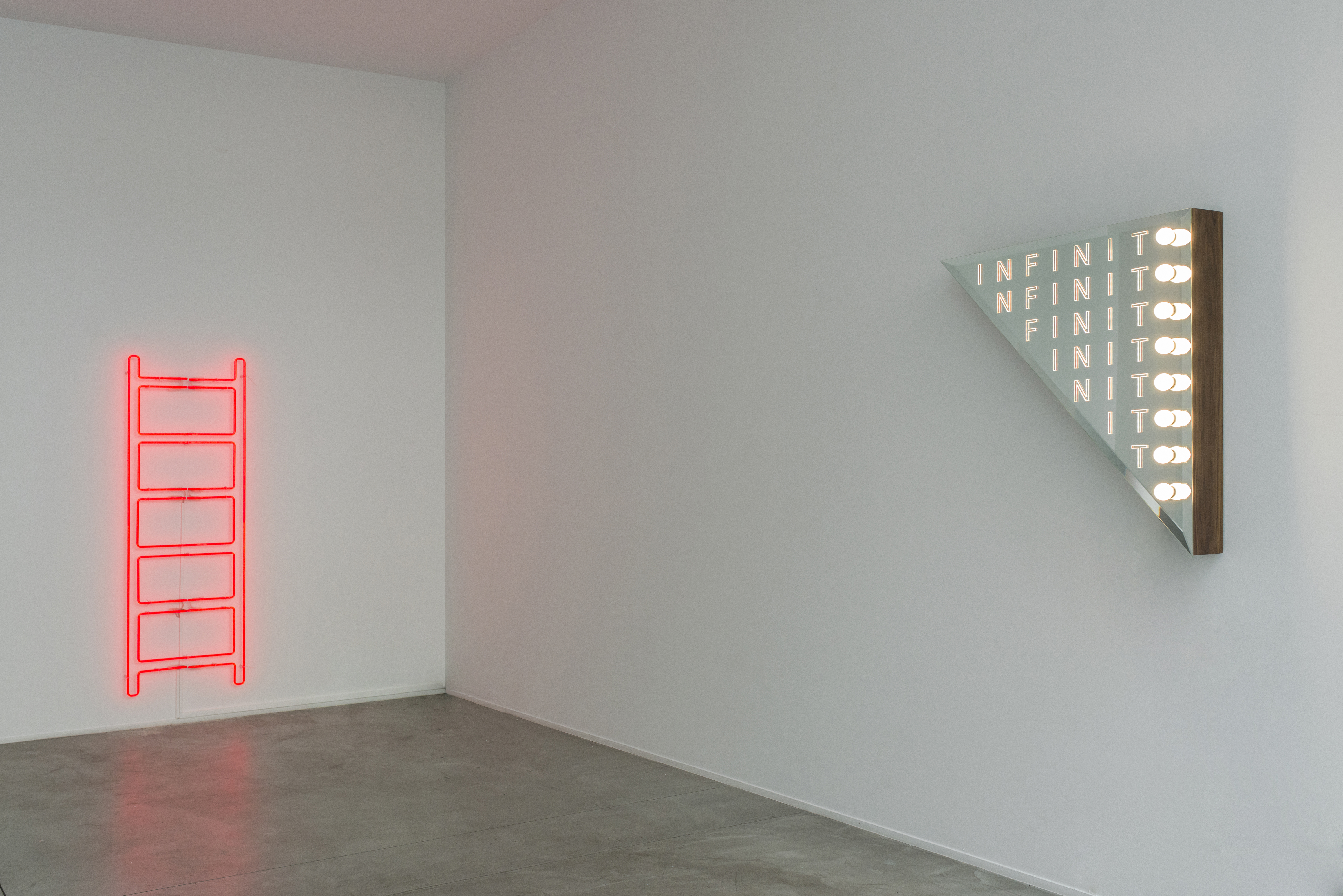
The artist
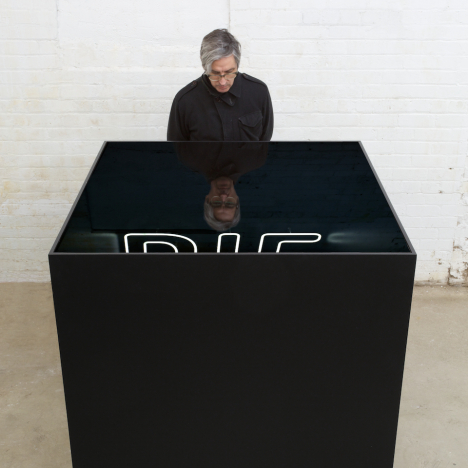
Born in 1972 in Santiago, Iván Navarro grew up under the Pinochet dictatorship. He has lived and worked in New York since 1997. Iván Navarro uses light as his raw material, turning objects into electric sculptures and transforming the exhibition space by means of visual interplay. His work is certainly playful, but is also haunted by questions of power, control and imprisonment. The act of usurping the minimalist aesthetic is an ever-present undercurrent, becoming the pretext for understated political and social criticism.
